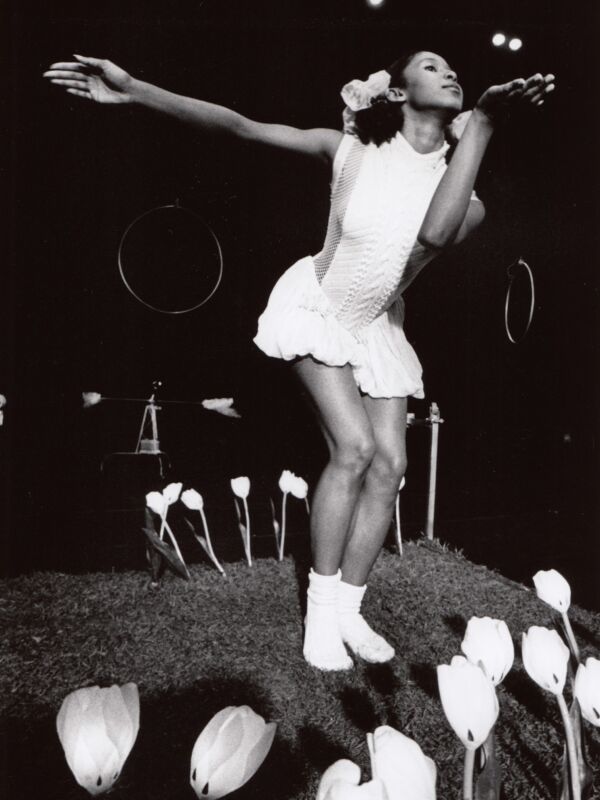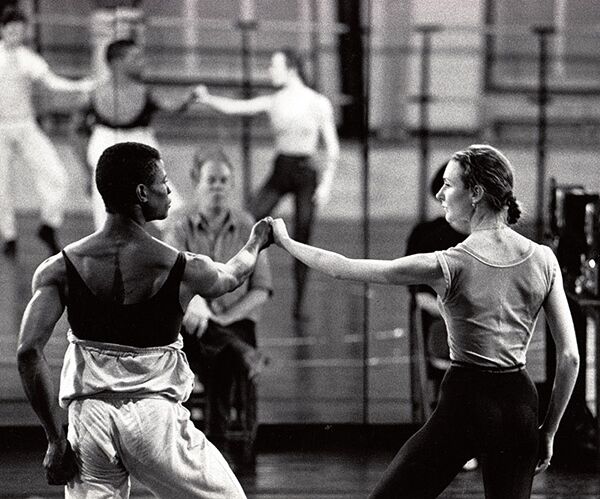How were you introduced to NDT, and how did you enter the company?
“I had auditioned for NDT in the past, with a negative result, so I was reluctant to take class with the company again when the opportunity came. Even though I still had an injury, colleagues abroad in the Netherlands persuaded me to retake a class at NDT while visiting Den Haag. I remember when I auditioned, a lot of dancers and artistic staff came to me to interact and make me feel welcome in the space. At that moment, the company was performing Jiří Kylián’s black-and-white program, and I was blown away.
Two weeks later, I got a call from Carmen Thomas saying that I had a place in NDT 2, which was a dream after auditioning while I was still injured. So, I spent three years in the second company before moving to the main company. The dancers in both companies were incredibly open, and I finally felt I was in the right place. Everyone was ambitious and motivated, and it felt like a collective goal to work and create together. When I moved to the main company, this profound way of working was more autonomous, and it was incredible to work more directly with Jiří on works such as Un Ballo, Whereabouts unknown, and One of a Kind.”
What were your final years at NDT like, and how did you know it was time to move on?
“The end of my career was turbulent and not the ending most dancers envision with colleagues at their side while taking a final bow with bouquets; Jardin Clos was the last work I danced when it premiered in 2001. My final show was in Reggio Emilia, but at that stage, I didn’t know it would be my final show.
In 2002, during my final year and those previous, I had a relationship with one of the other dancers, and we had two girls. Later, my firstborn was diagnosed with Leukemia when she was two years old, and that moment shattered my dance bubble. Suddenly, I had to deal with other questions and concerns outside of dance. NDT, both the staff and the colleagues, were a pillar of guidance through many obstacles, everyone made it easy for me to take care of my daughter during the intensive 2-year chemotherapy treatment. This support was a testament to the warmth and care within the company and dance community. Yet, my oldest daughter’s sickness was not the only obstacle.
During my incredible years at NDT, I was also suffering from psychological abuse outside of NDT. It took me six years to acknowledge that and to understand that I could not continue that way, especially with my daughters and the instability we were experiencing.”










